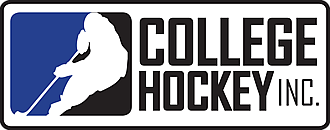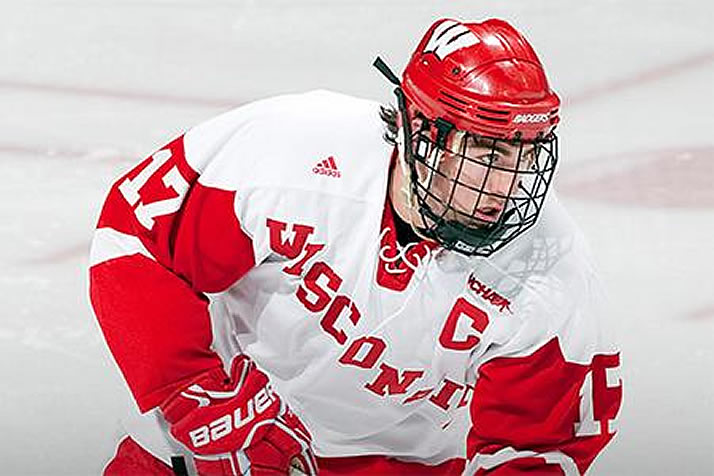


EDITOR'S NOTE: This study reflects updated findings from a study initially released in 2014.
First-round picks are the crown jewels of the NHL Draft, but more than 25% of them do not go on to significant NHL careers.
NCAA & the NHL Draft | 2016 Draft Guide (.pdf) | Study: Drafting NCAA Players
The best odds for NHL success among the group, this study shows, belongs to players on the NCAA development path. In examining the first nine NHL Drafts of this century, 77% of NCAA players have gone on to significant NHL careers, a full 13 percentage points higher than all other players (64%).

(For this study, goaltenders with 100+ games played were included with skaters who had 300+ games played. Development route was determined by the team that a player played for immediately prior to being drafted; those who went on to play in both the NCAA and CHL systems were considered “other.” Europeans who went on to play in the CHL remain classified as European.)
This study focused on the first nine drafts of this century to focus on players who in many cases continue to have an impact in the NHL and who came from a variety of development routes. The 2000 draft featured seven NCAA players in the first round, including the first two overall selections. That number roughly fit the average of NCAA first-round selections in the nine years studied (6.8).
The group of NCAA players includes those who were drafted out of the USHL, U.S. high schools and prep schools, and other junior teams who went on to play at an NCAA school.
Of the 270 first-round picks from 2000-2008, 61 (or 23%) were on the NCAA path, fewer than the CHL (136, or 50%) or Europe (69, or 26%). Nevertheless the NCAA produced more 200+ GP NHLers than Europe (47 to 38) and more than half as many as the CHL (47 to 93).

Those 61 NCAA selections outperformed others despite, on average, being taken later in the first round.
| Average Draft Position, 2000-08 First Rounders | |
| CHL | 15.1 |
| European | 15.3 |
| NCAA | 16.5 |
Most projections for the upcoming 2016 NHL Draft feature approximately eight players on the NCAA development path being taken in the first round. Based upon these recenbt results, those eight players should have a greater chance for NHL success than the other selections Friday night.
Why is NCAA Successful?
The benefits of each development path are points of debate, but there are structural differences with each that could impact the success rate of its players. Specifically, the NHL’s collective bargaining agreement (CBA) dictates different ways that prospects on each path are handled, while each path’s internal configuration has an impact on player development.
NCAA coaches and other supporters point to those key differences as reasons for the high success rate of NCAA players relative to other avenues.
The NHL CBA gives NCAA players the opportunity to spend four years in school before signing professional contracts – and gives NHL teams the opportunity to monitor their prospects’ progress during that time without losing their rights. While CHL players age out of junior hockey at 20 years old and must be signed by NHL teams or returned to the draft, NHL teams maintain an NCAA players’ rights throughout his time in college – up to age 22, 23 or 24 in most cases.
Nearly half of the 294 former NCAA players in the NHL spent four years in school. Not surprisingly that proportion is smaller for the 59 former first-round draft picks in that group, but 42% still stayed three or four years.

The other significant difference in the NCAA route is the structure of the NCAA season, with teams playing approximately 40 games per year, primarily on the weekends.
NCAA supporters cite this schedule – as opposed to a “pro-style” schedule of 60+ games – as a positive for player development. U.S. college hockey maintains a practice-to-game ratio of at least two-to-one and allows time for strength and conditioning work.
Many of the players included in this study cite the development they enjoyed in college (see this video), while independent experts notice it as well.
“You can see the difference between the college and junior guys,” said Chicago Blackhawks strength and conditioning coach Paul Goodman. “The schedule in college allows you more time in the weight room, so the biggest thing that I notice is that they’re more well-rounded in the room during the workouts. They’re familiar with the technique and they also have a very good base.”